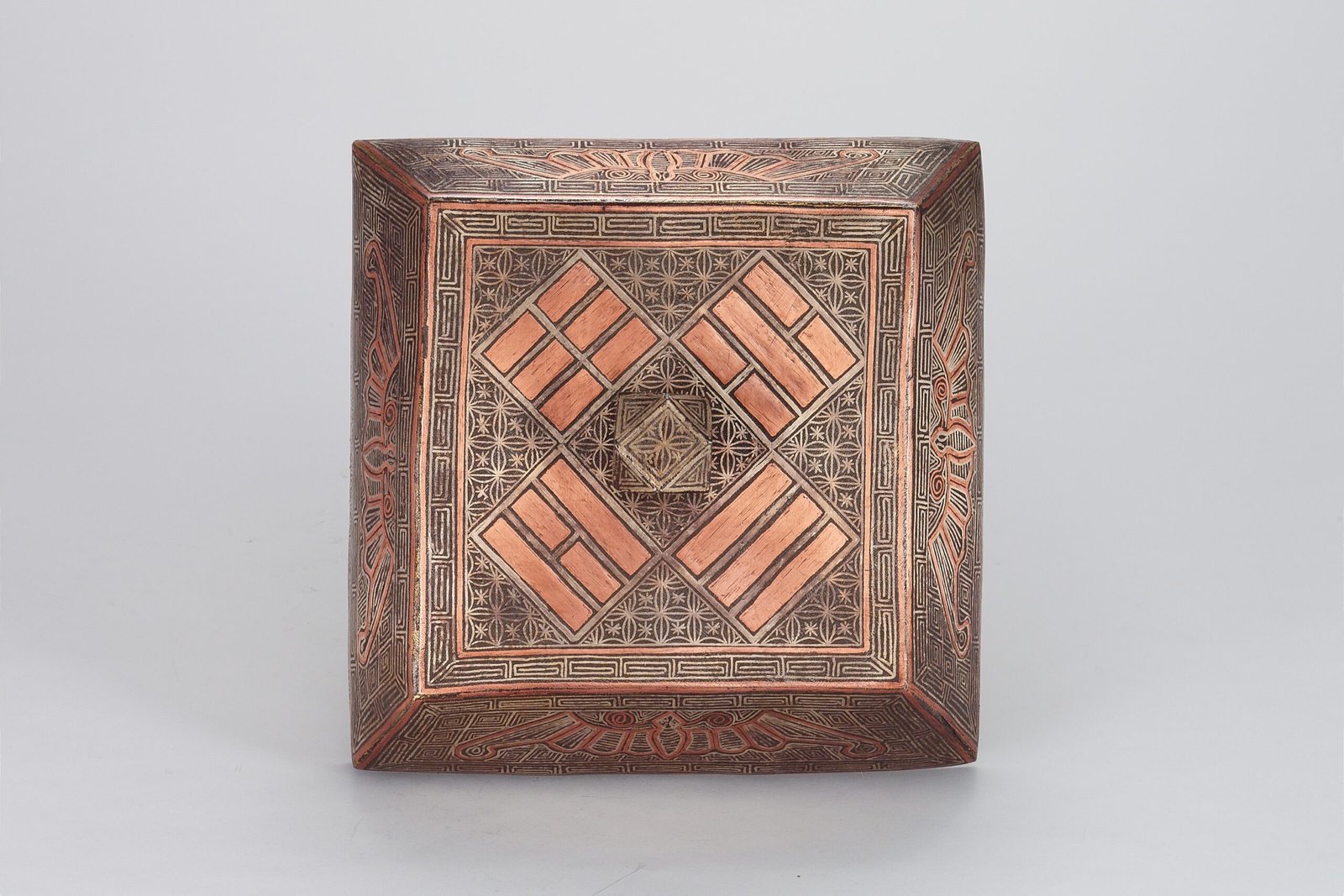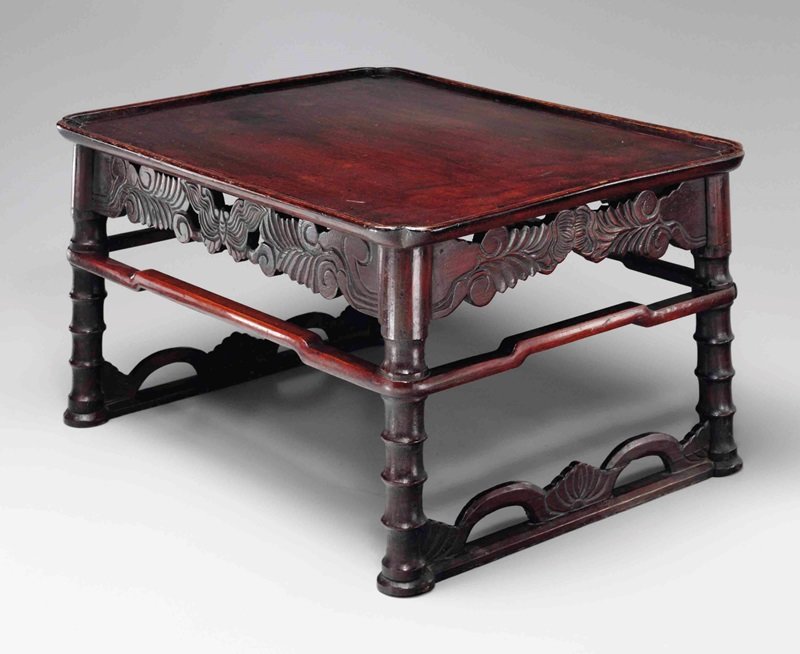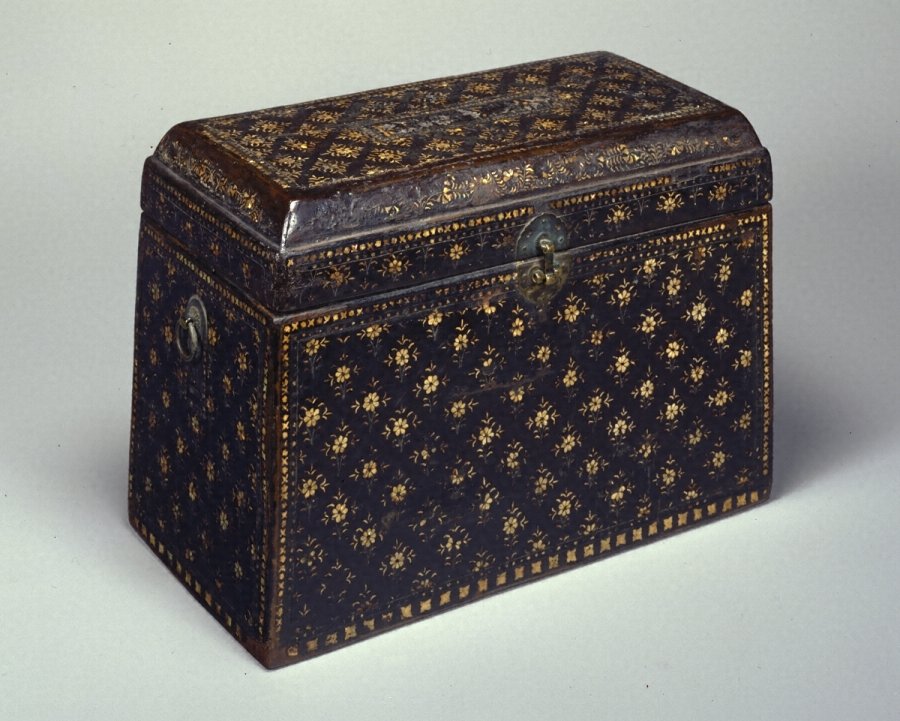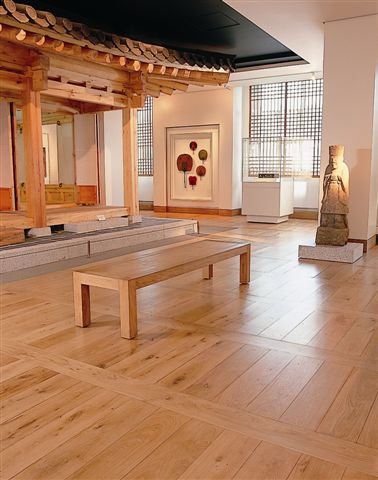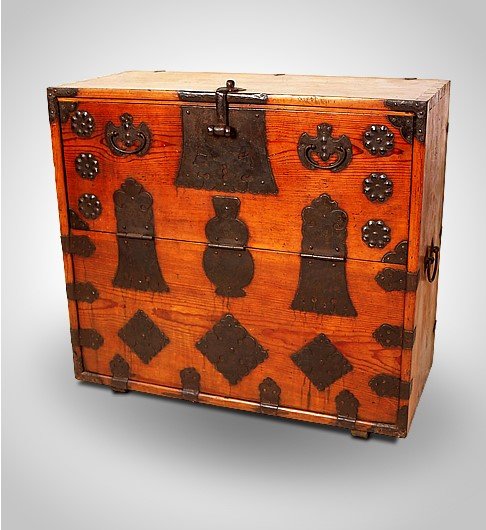Inlaying, a method known as “ipsa” in Korean, involves cutting lines or grooves into metals like copper and iron, and then filling them with other metals such as gold, silver, and copper to create intricate patterns. Creating these grooves is a challenging task that demands hours of meticulous chiseling. In the art of ipsa, every […]
